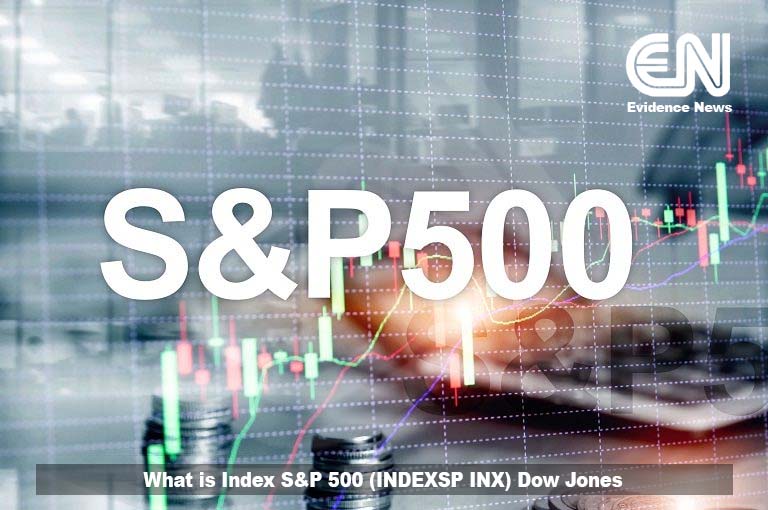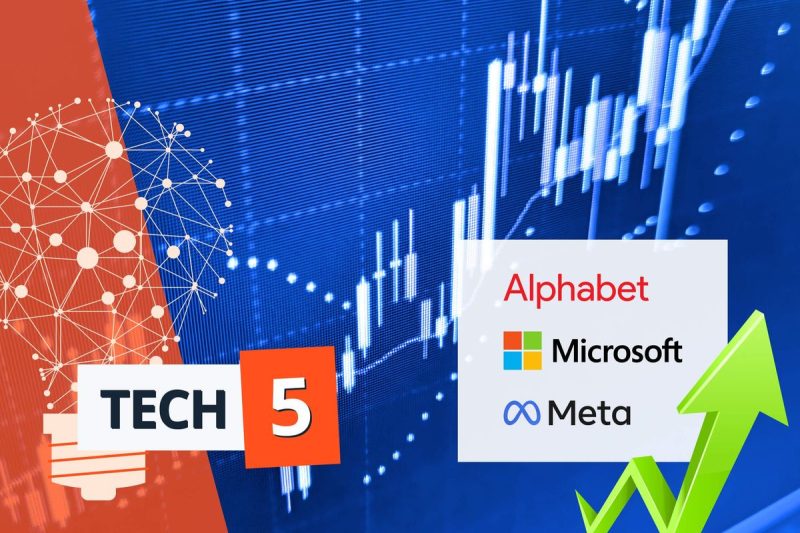The stock market is a complex ecosystem, and understanding its intricacies is crucial for investors and financial enthusiasts. One of the most prominent indices in this domain is the S&P 500, often symbolized as indexsp: .inx. This article aims to provide a comprehensive overview of this index, detailing its significance, components, and impact on the financial world.
Key Takeaways
- The S&P 500, denoted as indexsp: .inx, is a key indicator of the U.S. stock market’s health.
- It comprises 500 of the largest companies listed on stock exchanges in the United States.
- The index is widely regarded as a benchmark for the overall U.S. economy.
- Investors use the S&P 500 to gauge market trends and make informed investment decisions.
What is Indexsp: .INX?
The term indexsp: .inx refers to the ticker symbol for the S&P 500 Index, a market-capitalization-weighted index of 500 leading publicly traded companies in the U.S. This index is a barometer for the overall performance of the U.S. stock market and is often used by investors to assess the economic climate.
The Significance of the S&P 500
The S&P 500 is not just a collection of 500 companies; it represents approximately 80% of the total value of the U.S. stock market. This makes it an essential tool for investors looking to understand market trends and make informed investment decisions. The index is designed to reflect the risk and return characteristics of the large-cap universe, making it a critical benchmark for both professional and individual investors.
Components of Indexsp: .INX
The S&P 500 comprises a diverse range of sectors, including technology, healthcare, financials, consumer goods, and more. Some of the most influential companies within the index include:
- Apple Inc.
- Microsoft Corporation
- Amazon.com Inc.
- Alphabet Inc. (Google)
- Facebook Inc. (Meta Platforms)
These companies are leaders in their respective industries and play a significant role in driving the index’s performance. The inclusion criteria for the S&P 500 are stringent, ensuring that only the most stable and financially sound companies are part of the index.
How is the S&P 500 Calculated?
The S&P 500 is calculated using a market-capitalization-weighted methodology. This means that each company’s influence on the index’s performance is proportional to its market value. Larger companies with higher market caps have a more significant impact on the index than smaller companies. This weighting ensures that the index accurately reflects the economic standing of its components.
The Role of Indexsp: .INX in Investment Strategies
Investors and financial analysts use the S&P 500 for various purposes. Here are some of the ways it plays a crucial role in investment strategies:
Benchmarking
The S&P 500 serves as a benchmark for mutual funds, exchange-traded funds (ETFs), and other investment vehicles. By comparing their performance against the index, investors can gauge how well their investments are doing relative to the broader market.

Market Sentiment Indicator
The index is also a vital indicator of market sentiment. A rising S&P 500 suggests investor confidence and a bullish market, while a declining index may indicate bearish trends and economic concerns.

Diversification
Investing in an S&P 500 index fund allows for diversification across multiple sectors and industries. This reduces risk by spreading investments across various companies, minimizing the impact of any single company’s poor performance on the overall portfolio.
Challenges and Criticisms
Despite its importance, the S&P 500 is not without its criticisms. Some analysts argue that it may not fully represent the broader economy due to its focus on large-cap companies. Additionally, its market-cap-weighted structure means that a few large companies can disproportionately influence the index’s performance.
Limited Scope
While the S&P 500 includes a wide range of sectors, it does not account for small-cap and mid-cap companies, which can also significantly impact economic growth. This limitation may overlook emerging companies that are not yet large enough to be included in the index.

Concentration Risk
The heavy weighting of technology companies within the index can lead to concentration risk. If the tech sector experiences a downturn, it could have a substantial negative impact on the index’s overall performance.
indexsp: .inx, representing the S&P 500, is a crucial component of the financial landscape. It provides valuable insights into the health of the U.S. stock market and serves as a benchmark for investors worldwide. While it has its limitations, the S&P 500 remains a vital tool for understanding market trends and making informed investment decisions.
By staying informed about the components and movements of the S&P 500, investors can better navigate the complexities of the stock market and optimize their investment strategies for long-term success.